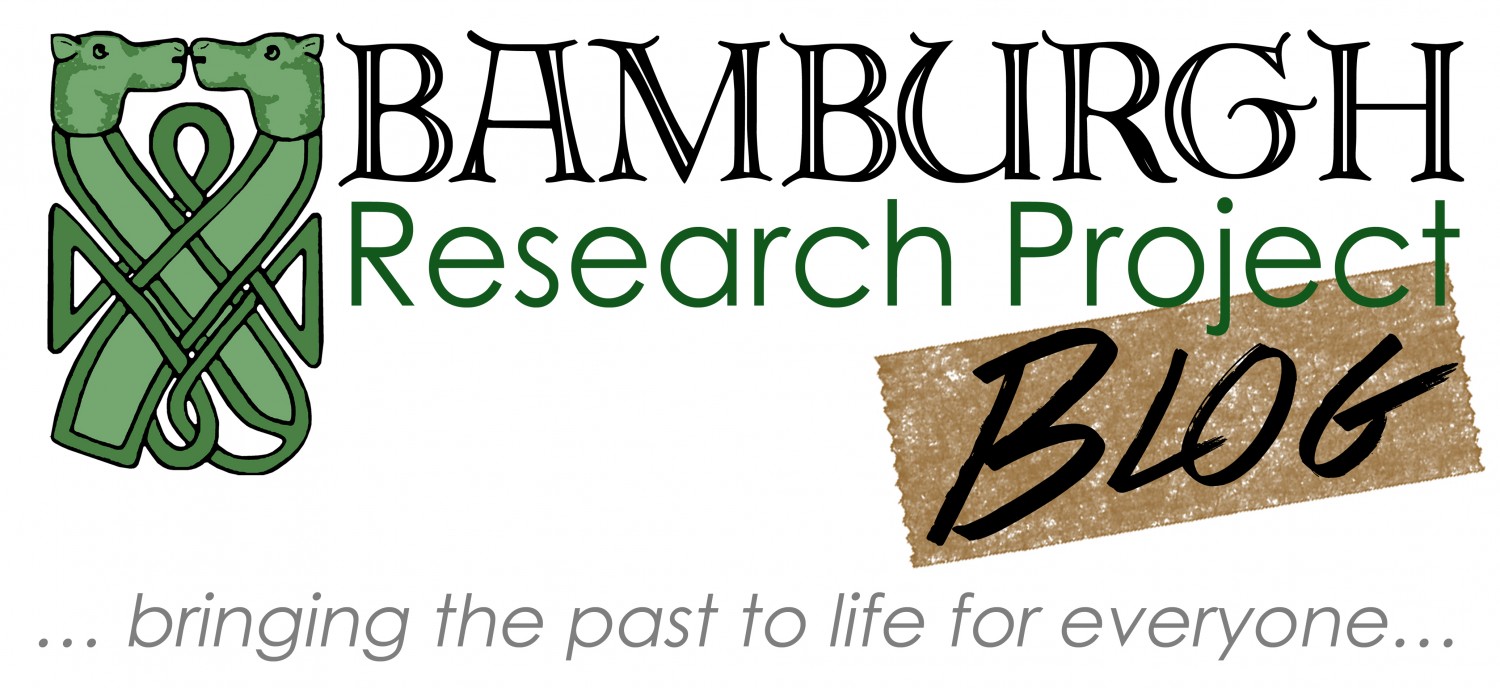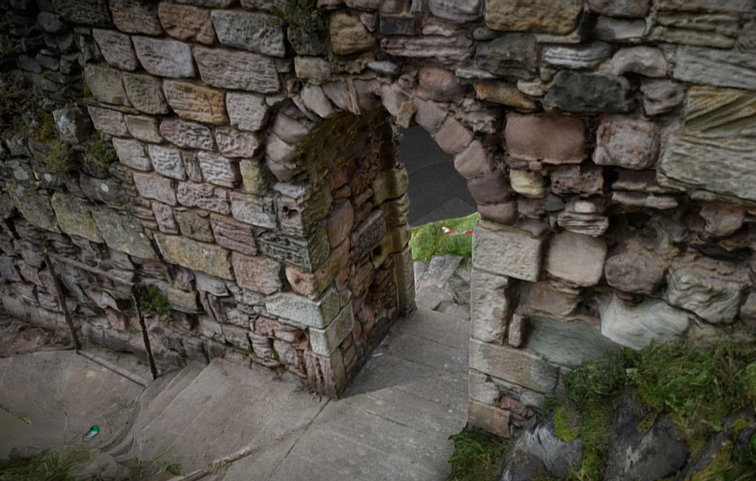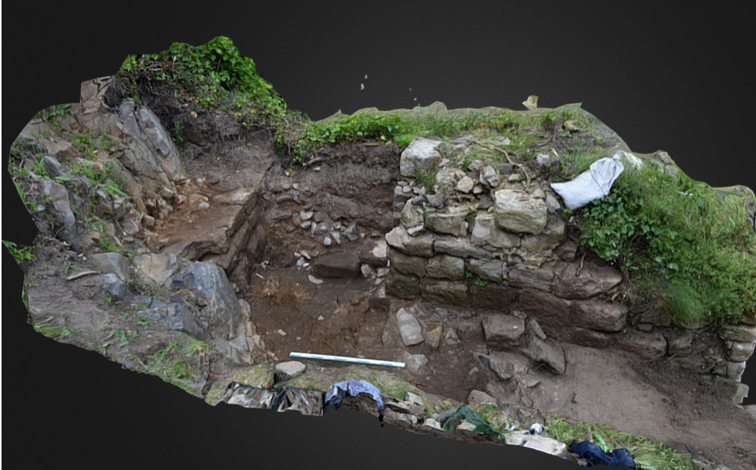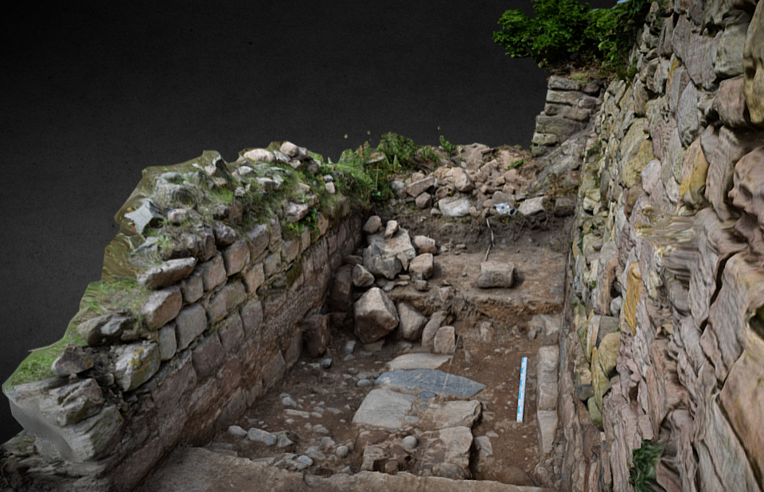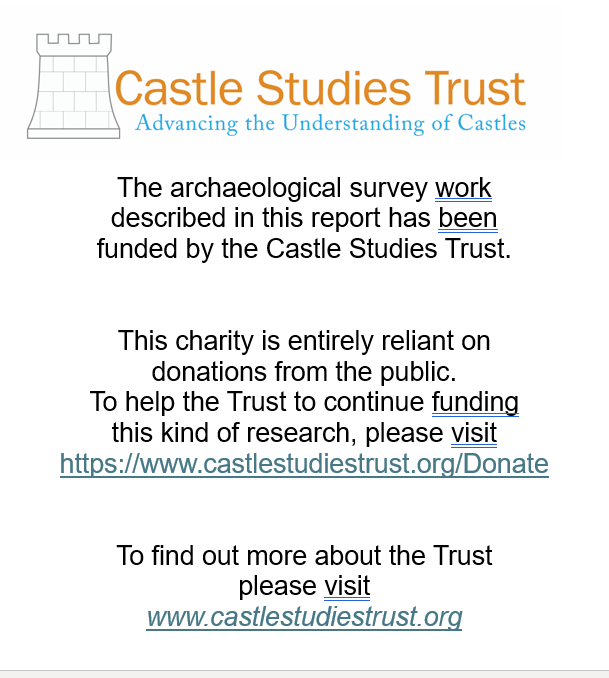Dates: May 20th to 24th and September 9th to 13th
What is post-excavation?
Archaeology is not all about digging. In order to turn the data gathered through excavations or surveys (for example) into information that can be used to interpret a site and/or plan further investigations, archaeologists must process this data during the ‘post-ex’ phase.
This includes recording the artefacts recovered, processing the environmental samples taken, digitising the drawings and survey information, for example. This work generates a physical and digital archive, which connects all the pieces of information together. It takes far longer (in most cases) than the actual field work and often takes place in the lab or at the desk.
Post-Ex at the Bamburgh Research Project
Here at the BRP we have generated a lot of post-excavation work in the last 20 years. We undertake much of the initial post-ex on site, where we wash and process the small and bulk finds, we process our environmental samples and we catalogue much of the records and photographs we take. However, there is still much work that is undertaken during the off-season by our staff and more that is sent away for specialist analysis. We thought this year we might bring some of this ‘behind the scenes’ work back to the Castle and share it with a small cohort of interested individuals.
What is the Post-Excavation Taster Week?
We offer quality training in archaeology with an emphasis on practical hands-on experience. The post-excavation taster week will use the BRP’s extensive archive, which consists of material from the prehistoric to the medieval periods, as the basis for an introduction to the different post-excavation techniques and research methodologies employed by the project.
We are still planning the daily schedule but the week will include:
- a general introduction to finds processing (bulk and small finds)
- hands-on training to record, draw and photograph artefacts from the site
- live demo and handling session with a medieval textile specialist
- introduction to environmental sampling and processing
- guided tour of Bamburgh Castle, related Anglo-Saxon burial ground and the new ossuary and Bamburgh Bones exhibition
- learn the process of creating pottery from clay to shaping to firing from a specialist
Please Note: we are also in the process of organising tuition by an osteoarchaeologist for September TBC.
Who is it for?
Our training is open to people of all skill-levels and abilities, with particular interests accommodated where possible. We particularly wish to offer a fun and educational experience to beginners and non professionals.
Please get in touch with us if you have any questions about access, facilities, etc.
BRP is open to anyone aged 18 and over.
Who will be teaching me?
Professional field archaeologists and post-excavation specialists.
How much does it cost?
The post-excavation taster week costs £350 pp and covers 5 days of training in a small group of between 6-8 people. This covers the cost of the tuition, tours and the trip to Lindisfarne.
How do I book a place?
Please visit the BRP’s website and take a look at the Post-Ex Taster Week page. At the end of the page is the details on how to book and pay for your place.
PLEASE NOTE: the week will only run if the BRP receive enough bookings to make the week viable (more info on website).
Any questions? Email: graemeyoung@bamburghresearchproject.co.uk
